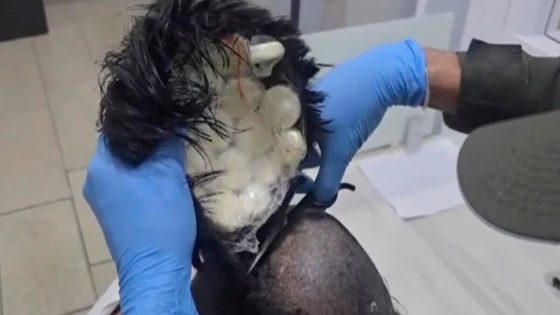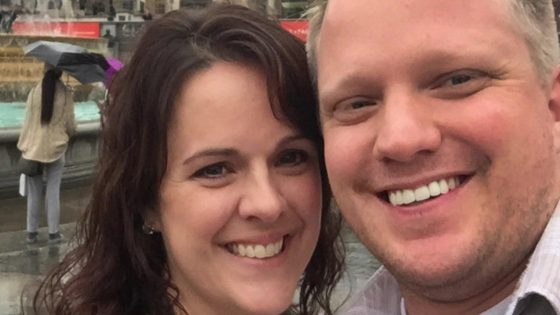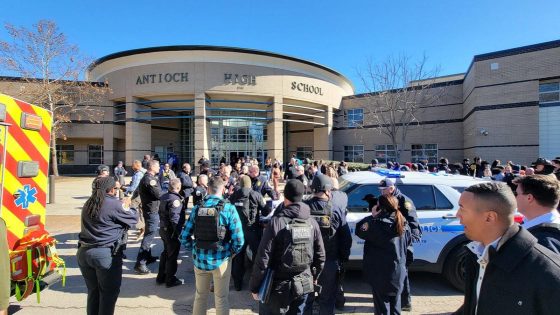Tyree Smith’s journey took a chilling turn on a Friday in early October when authorities announced his conditional release from Connecticut’s only maximum-security psychiatric hospital. Nearly eleven years had elapsed since the gruesome murder of Angel Gonzalez in January 2012, his body horrifically mutilated in Bridgeport, a city now grappling with the emotional fallout. Authorities and family members alike question whether Smith is truly rehabilitated or whether he remains a potential threat to public safety.
- Tyree Smith found not guilty by insanity
- Granted conditional release from psychiatric hospital
- Concerns raised by victim's family
- Bipartisan lawmakers criticize the decision
- Smith has a history of schizophrenia
- Under supervision with strict treatment conditions
In 2013, Smith was declared not guilty by reason of insanity after being found to have murdered Gonzalez with a hatchet, an act that marred the community with dread and disbelief. Details of the crime emerged slowly—witnesses, including Smith’s cousin, painted a grotesque picture, revealing he had consumed parts of Gonzalez’s brain and an eyeball while drinking sake. Such revelations became etched in the minds of those touched by this grisly tale.
Fast-forward to this recent decision, made by the state’s Psychiatric Security Review Board, which has sparked outrage among family members and state lawmakers. During the hearing, psychiatrists asserted that Smith’s schizophrenia and substance abuse issues had been effectively managed and were in full remission due to ongoing medication and treatment. “His condition is stable and he’s responded well to the structured environment,” an attending psychiatrist testified, yet the assurances offered little comfort to those in mourning.
“During the hearing, I felt a chill run down my spine as I listened to Smith’s case unfold. How do we really know he’s not going to do this again?” asked Talitha Frazier, Gonzalez’s sister-in-law, voicing a sentiment echoed by many who remained skeptical of Smith’s transformation. Her words captured the collective anxiety of families haunted by tragedy, worrying whether the system sufficiently protects them.
Condemnation of the board’s decision came swiftly from several state senators, including Heather Somers and Paul Cicarella. They termed the outcome “outrageous” and “mind-boggling,” reflecting a broader concern that releasing Smith undermines public safety. “This terrible decision puts public safety in jeopardy,” the lawmakers collectively stated, emphasizing the potential ramifications for victims and their families who long for closure and justice.
In his nine months at a community facility, Smith had been under constant supervision, making the formal transition from hospital to community setting less abrupt, though no less controversial. As he attended the hearing virtually, safety measures precluded his appearance on video screens, highlighting lingering fears surrounding his case and the media frenzy that often exacerbates such emotions.
The implications of Smith’s release extend beyond the individuals directly involved; they resonate throughout the broader community, which now faces the challenge of reconciling justice and rehabilitation. Questions abound about the nature of mental health treatment and its efficacy in cases so entwined with violent crime.
While Smith’s story enters a new chapter, the debate surrounding his release will likely continue to evoke strong opinions and advocacy for victims’ rights in Connecticut. As the dust settles on this latest development, both supporters and detractors will likely pursue further discourse on the lessons learned from this captivating yet harrowing tragedy, striving to find a balance between compassion and safety in a world where the past often casts a long shadow.

































